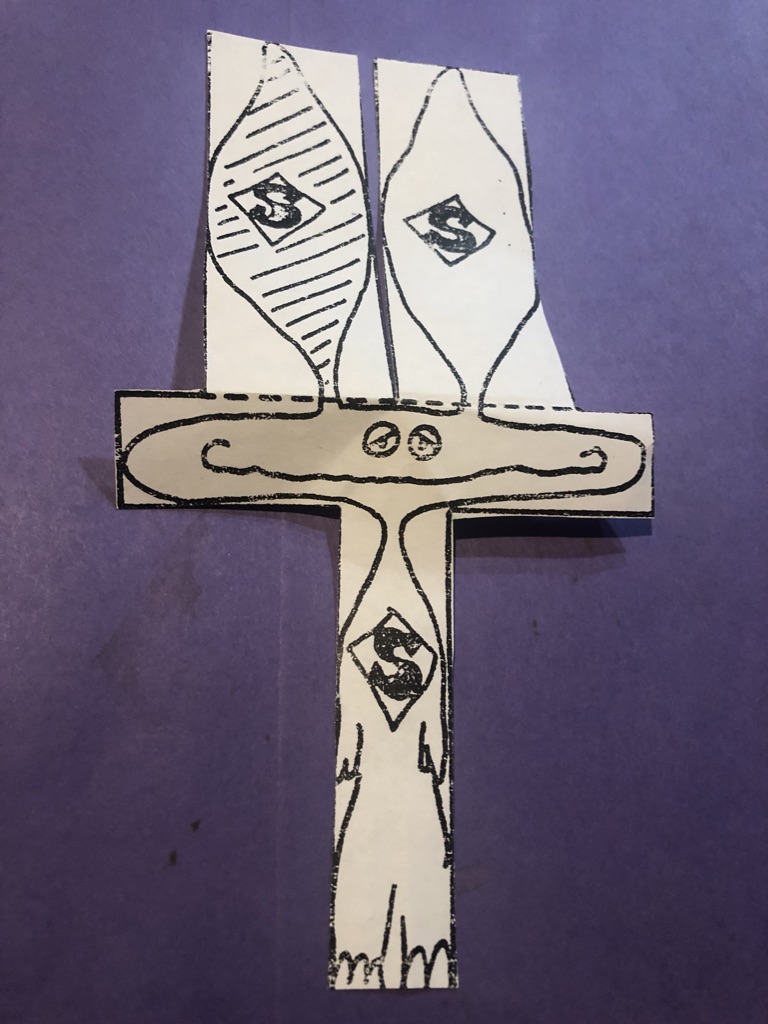
This fascinating investigation was created by Larry Schafer, the amazing science educator at Syracuse University. It starts with a box wrapped up as a gift. In the box is a letter from Bugso, challenging the class to become scientists and discover as much as they can about the Bugsocopter. After experimenting with the Bugsocopters, children were challenged to try and figure out what causes them to fall quicker, or twirl faster. What makes them twirl clockwise or anticlockwise? In the second lesson we introduced the concept of limiting variables to one when comparing the flight of two copters. Children loved climbing ladders or onto desks to test their flying Bugsocopters. As they compared their standard Bugsocopter with one that had shorter bodies, fatter bodies, wings apart, large wings and smaller wings, they had to select the Bugsocopter design that only had one variable. As they tested the flights, they had to record which Bugsocopter fell faster, slower or the same, and twirled faster, slower or the same. Their data was recorded in a histogram.